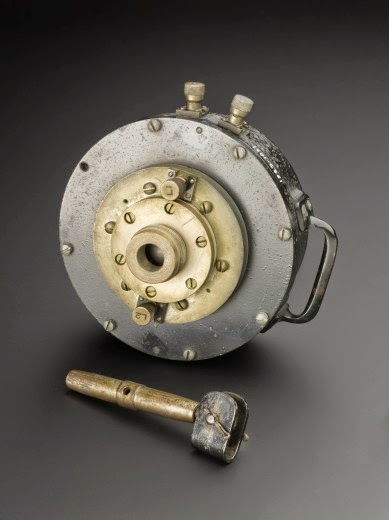The song, which was originally titled "Bring On The Girls" on the band's 25 song demo, was produced by the great Ted Templeman, engineered by Don Landee, and recorded at the famous Sunset Sound in Hollywood. Like most albums from that era, it was completed in only 3 weeks. Here are some things to listen for.
1. Listen to how forward the snare drum is compared to the rest of the kit. Pretty beefy sound too, as well as a touch of some very smooth reverb.
2. The cymbals are very prominent in the mix to mostly fill in those upper frequencies since the band was a power trio. Their early albums were mostly guitar, bass and drums plus a guitar solo overdub with not much sweetening.
3. Michael Anthony's playing is a little behind the drums, rather than the other way around. This gives the band a sense of urgency.
4. Anthony's playing is far from perfect, not that you ever heard any of the very slight mistakes in the track. There is a pretty big one at 1:47 that wouldn't be left in today.
5. Alex VH has a couple of slow fills as well, like the ones at 3:28 and 3:40. In those days of analog tape and relatively quick recording, perfection was something that was rarely attained (except perhaps for Steely Dan albums, but they also cost a lot more to make and took much more time).
----------------------------------





